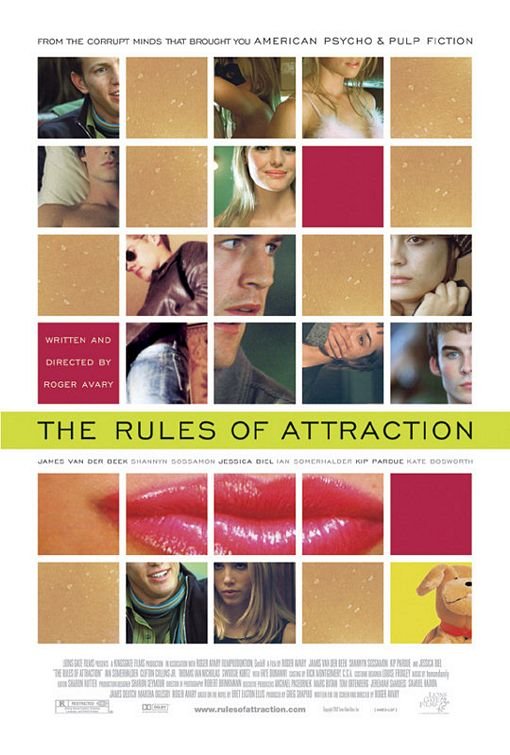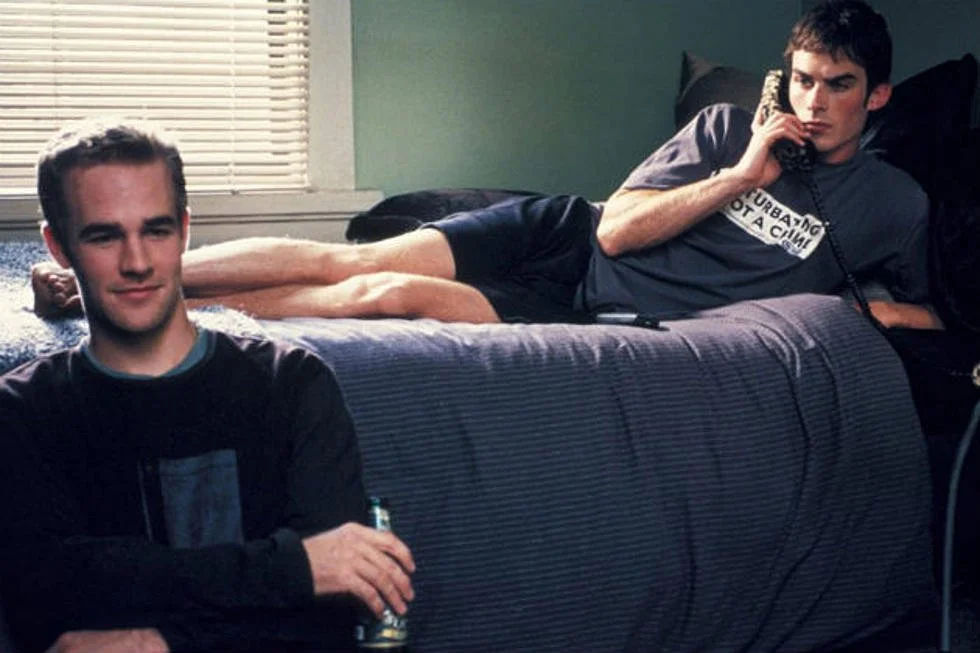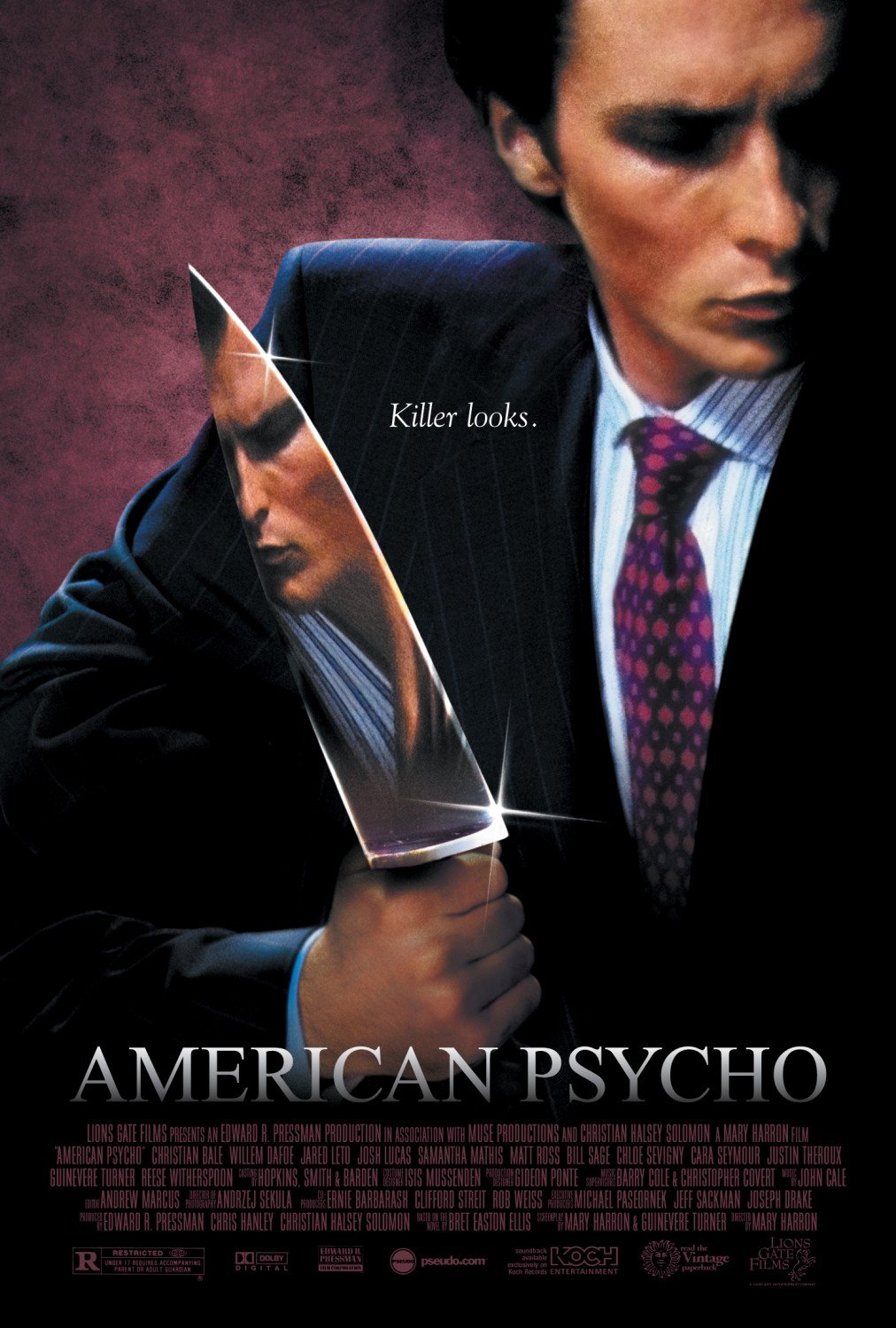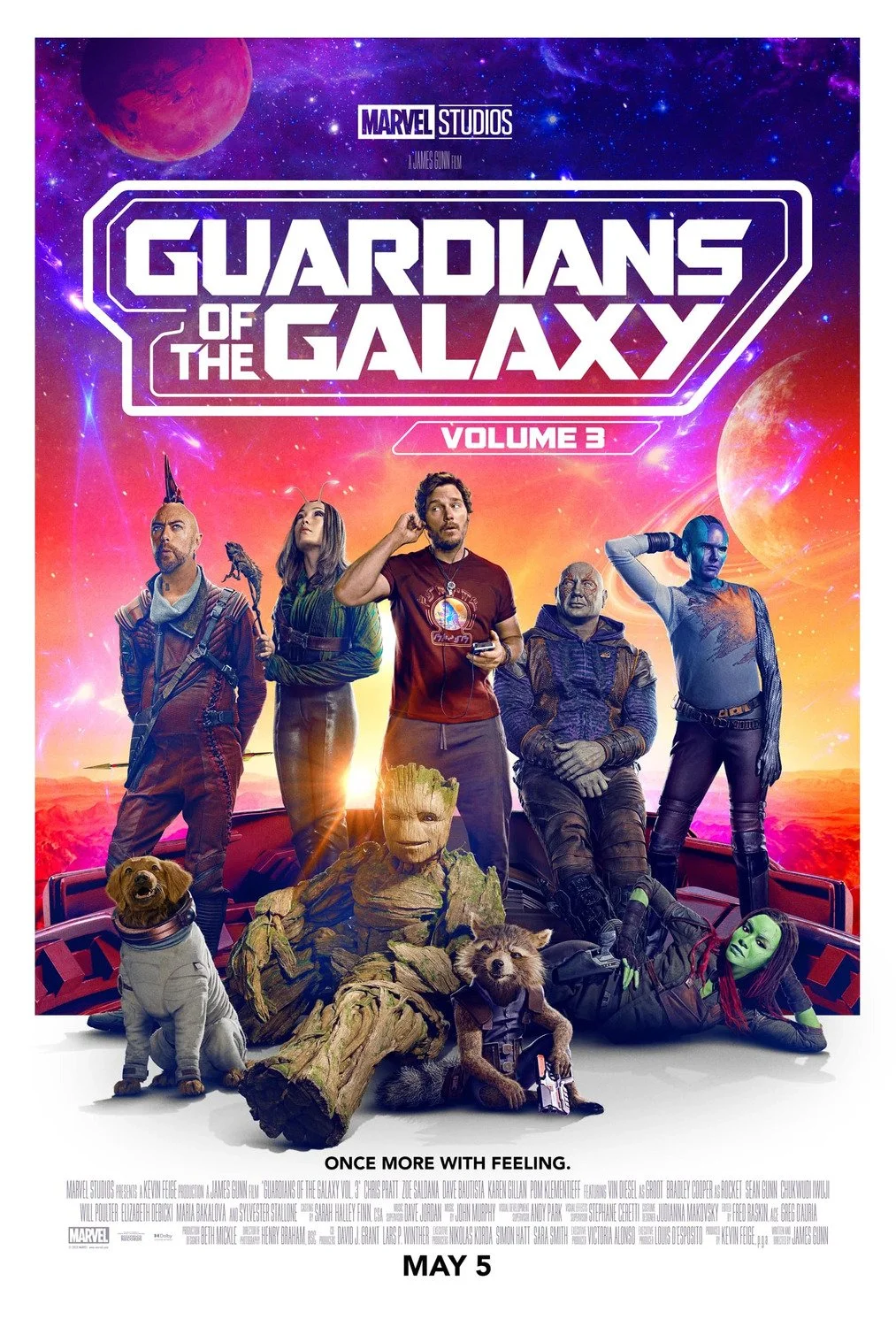Movie Review : The Rules of Attraction (2002)
American Psycho is the type of film you remember. It’s witty and unique and more or less introduced Christian Bale. The film also features ungodly displays of violence against women that are properly contextualized as undesirable behaviour even if they are perpetrated by the protagonist. But for every American Psycho, there are hundreds of films coming out that are forgotten within six to twelve months.
Even if they are written by the same guy who made the movie you remember.
It’s very unfortunate that no one remembers that Bret Easton Ellis wrote The Rules of Attraction. It’s a solid (albeit dark) novel and the Roger Avary 2002 adaptation is one of the most fun and daring pieces of indie cinema no one actually remembers.
In case you’re not familiar, The Rules of Attraction follows the lives of mostly three students in the fictional Camden College. A private liberal arts institution where rich kids take a three year party retreat before taking up a job their parents selected for them. The film obviously couldn’t capture the impressive fragmentedness of the novel, so it mostly focuses on Sean Bateman (James Van Der Beek), an erratic and irresponsible weirdo which people gravitate towards for reasons that are their own.
Being and Nothingness
The Rules of Attraction didn’t break box office records for two simple reasons: 1) it’s one of these films where "nothing happens" and 2) there is no "likable protagonist to root for". Yeah, it’s about entitled kids wrecking themselves with sex and drugs because they have nothing better to do. But like the novel it is based on, it’s not necessarily what The Rules of Attraction talks about that’s important, but how it talks about it.
Instead of fragmenting its narrative through fourteen different points of view like Bret Easton Ellis did, Roger Avary opted for more cinematic techniques to illustrate how dislocated reality becomes when there’s no stakes or purpose to your life. Entire scenes rewind themselves in order to highlight the complexity of the series of choices that created it. Other scenes have overexposed colours to underline the cognitive distortion that directed the aforementioned choices. The result oozes an emotional rawness that feels juvenile and impulsive.
In other words, stylistic choices in The Rules of Attraction makes it feel like it was made by a very nasty, but talented college kid.
A lot happens in this movie. A character commits suicide. Another is driven to the hospital for what seems to be an overdose. Another gets sexually assaulted, but shrugs it off. A romantic relationship never gets off the ground because of the ongoing chaos in the protagonists’ lives. But there’s no inciting incident, struggle or resolution and that makes for an uncomfortable viewing for normal moviegoing audiences. There’s no moral or logical order to the events of The Rules of Attraction. It’s a sneaky and confronting film.
It presents the world in a way people don’t want to think about. Everyone has their own moral storytelling mechanism to make themselves the hero of their own story and accepting that sometimes the story never gets off the ground because reality consists in a bunch of people making self-serving choices is difficult. That’s what makes this film interesting, but it’s probably also why it was quickly forgotten by a great majority of folks. It was too out there for its time.
Adaptation Stuff
Now, I’ve read the novel and watched the movie the very same week and it was mostly a solid adaptation by Roger Avary. He harvested the best parts of the novel and offered a lively digest of what it feels to read Bret Easton Ellis. Sean’s secret admirer was one of the trickiest things to pull off and he thoroughly aced that challenge simply introducing her. Giving her a face and a flimsy interiority while never jeopardizing the anonymity that makes the character so tragic.
One weird thing is that I would’ve Jessica Biel to play Lauren and not Lara. She’s described in the novel as an All-American beauty, which I thought implied something conventional about her. Shannyn Sossamon does a solid job, but it feels like she’s a collection of several characters in the novel. Clifton Collins Jr. is a brilliant choice as Rupert. He’s often described as unthreatening by Bret Easton Ellis even if he constantly threatens Sean and Collins is exactly it.
James Van Der Beek is alright. I don’t know what’s with this guy that makes him such a convincing young adult. He looks sweet and slimy at the same time.
Another detail that bugged me and that (I think) betrayed the original intent of the novel is that Avary makes a choice about Paul and Sean’s relationship. You’re never supposed to know whether it really happened or not, but in the movie you do. That was no fun. For a time, he uses a split screen to illustrate the dual realities. I would’ve loved to have this split screen on whenever Paul and Sean were together on screen. It would have accentuated the dislocation of reality, which really is the topic of the film.
*
I’m usually not a you-should-definitely-read-the-novel type of guy and you’re not into Bret Easton Ellis, this adaptation of The Rules of Attraction will definitely get the job done, but… YOU SHOULD DEFINITELY READ THE NOVEL. It’s richer, more complex and ambiguous and features cameos from characters in other Bret Easton Ellis novels. This is good, but why settle for good when you spent time with something great?







